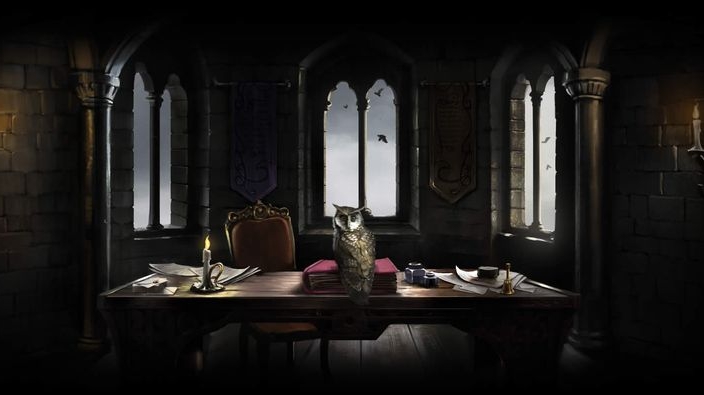
July 19, 2011
“IT ALL ENDS JULY 15.” Seldom has a marketing slogan offered such direct insight into the Hollywood psyche. July 15 was of course the day Harry Potter and the Deathly Hallows, Part 2 opened, concluding a decade of Potter movies with, as it turned out, an enormous bang—$481 million in weekend ticket sales worldwide, eclipsing all box-office records and leaving studio executives gasping for adjectives. Clearly the slogan worked. But the end of a $7 billion movie franchise for Warner Bros. was hardly the end for fans. In fact, you could just as well say “It all begins July 31″—because that’s the day fans can register for Pottermore, the aptly named participatory Web site that J.K. Rowling announced last month.
When Rowling appeared at her press conference at the Victoria & Albert Museum, a Hogwartsian pile in West London, the big news was not, as generally reported, her decision to finally make the novels available as e-books. Yes, Rowling had long been the biggest holdout against electronic publishing, and yes, her decision to both publish and sell the books herself was a break with the way the industry does business. But a challenge to existing business models, however radical, is minor compared to a wholesale rethinking of the art of fiction. And in announcing Pottermore, that’s what Rowling promised—an acknowledgment that the Internet makes possible an entirely new form of narrative, one that readers can not only consume but explore and build upon.
What made Pottermore even more remarkable was its timing. Ten years ago, with the first of the Potter movies a few months from being released, the world of Potter fandom was riven by strife. The PotterWar—thus yclept by a London city councilman who leapt into the fray—pitted Warner Bros. against a citizen’s army of Web-savvy kids. The movie studio was eager to protect the trademarks it had bought from Rowling; the kids were outraged that a giant corporation was threatening them with legal action for using the Potter name on Web sites they’d set up to celebrate the story. In the end, it was no contest: As Heather Lawver, the 16-year-old leader of the insurrection, told Henry Jenkins for his book Convergence Culture, “They underestimated how interconnected our fandom was.” By the time the hapless company beat a retreat, it was being excoriated from British pulpits for placing children in its legal crosshairs.
That was in 2001. This year, with the eighth and final movie about to open, Rowling threw open the doors, digitally speaking, and invited the fandom inside. It’s not yet entirely clear what they’ll find when they get there, since Pottermore won’t open until the end of the month, and then only for a select 1 million fans; the rest of the world won’t be let in until October, when the e-books go on sale. But Rowling’s intent is clear. “It’s the same story, with a few crucial additions,” she says of Pottermore in an introductory video on the site. “The most important one is you. Just as the experience of reading requires that the imaginations of the author and the reader work together to create the story, so Pottermore will be built in part by you, the reader.”
This isn’t the first time Rowling has produced artifacts from the Harry Potter universe. In 2001 she published Quidditch Through the Ages, purportedly a book from the Hogwarts library, as well as a “textbook” called Fantastic Beasts and Where To Find Them. More recently she came out with The Tales of Beedle the Bard, a children’s book mentioned in the final novel. But for an author so tech-averse she wrote her novels out in longhand, Pottermore is still an extraordinary gesture. Especially given that Neil Blair, her literary agent, is the same Neil Blair who somewhat huffily represented Warner in Europe during the PotterWar.
Despite its initially ham-handed response to the fans, Warner has done a remarkable job of shepherding the Potter saga over the years. The latest picture, with its extraordinary performances by Ralph Fiennes as Lord Voldemort and Alan Rickman as Severus Snape, is no exception. As Rowling now takes the story into uncharted territory, I’m reminded of something the literary critic Robert McCrum wrote last spring in The Observer: When storytelling itself can evolve, “you know the medium in which you work is a living thing.” What we’re watching now is as revealing as anything we’ve seen onscreen—the storytellers themselves growing up in tandem with their characters.

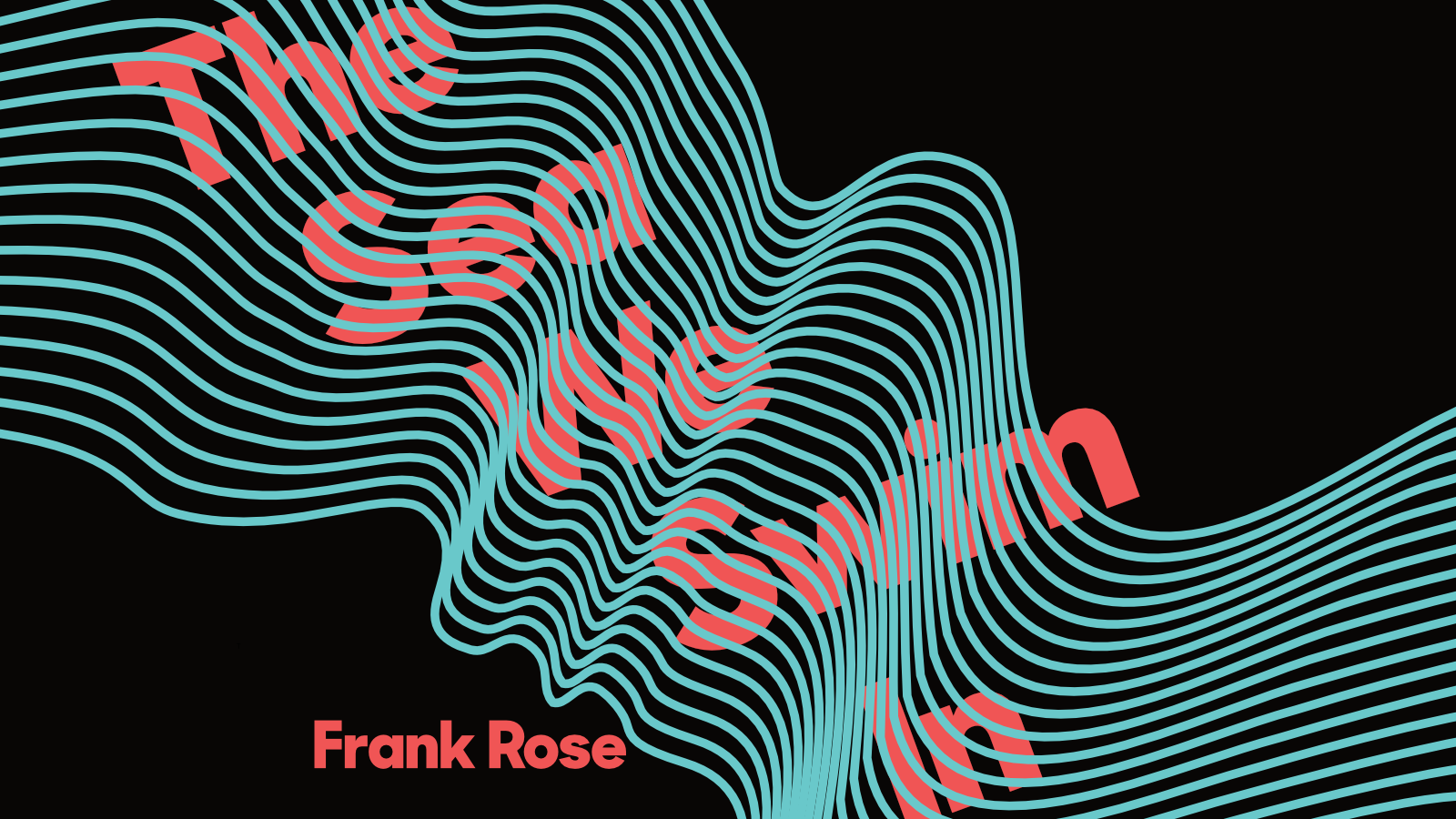





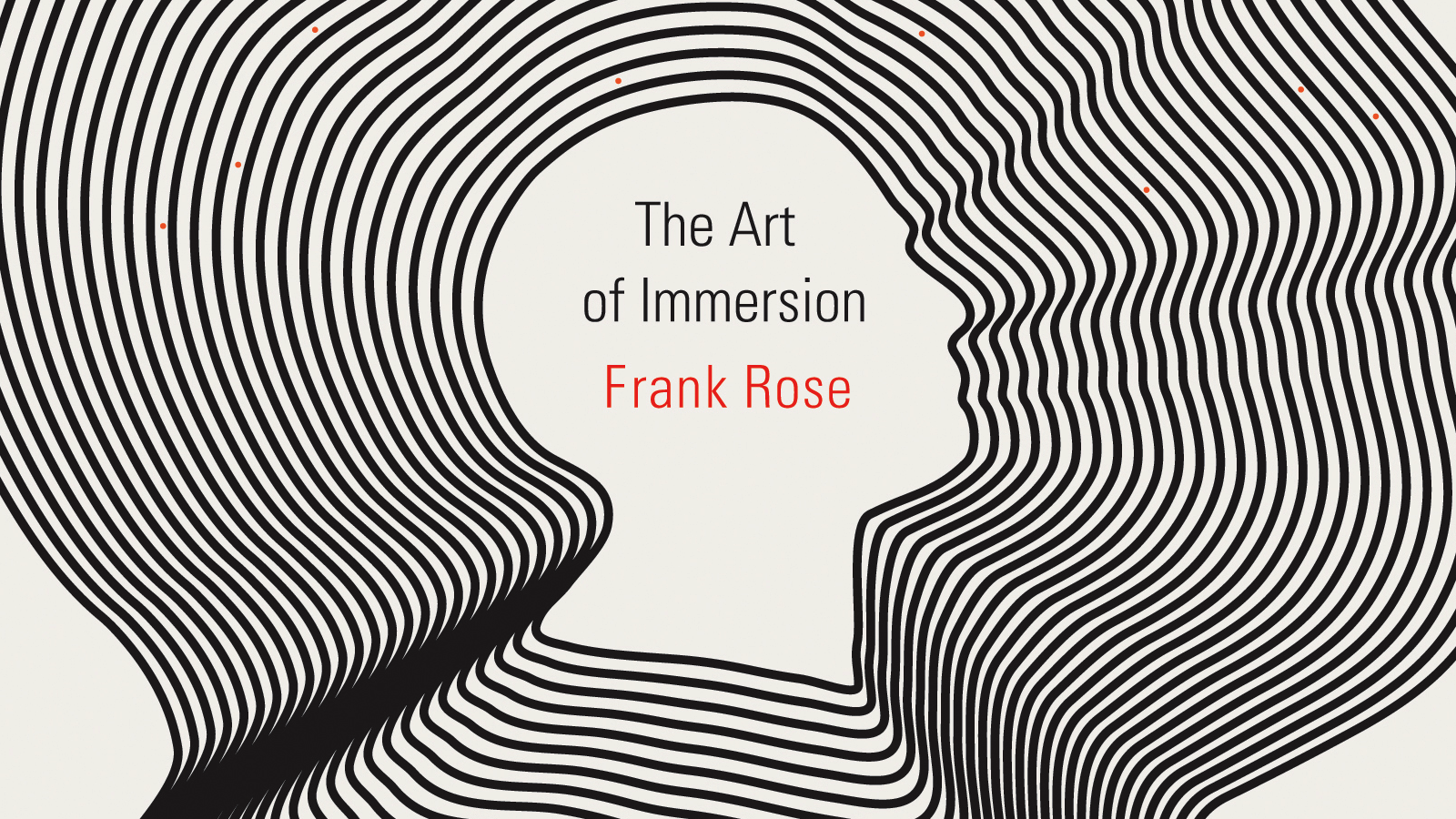
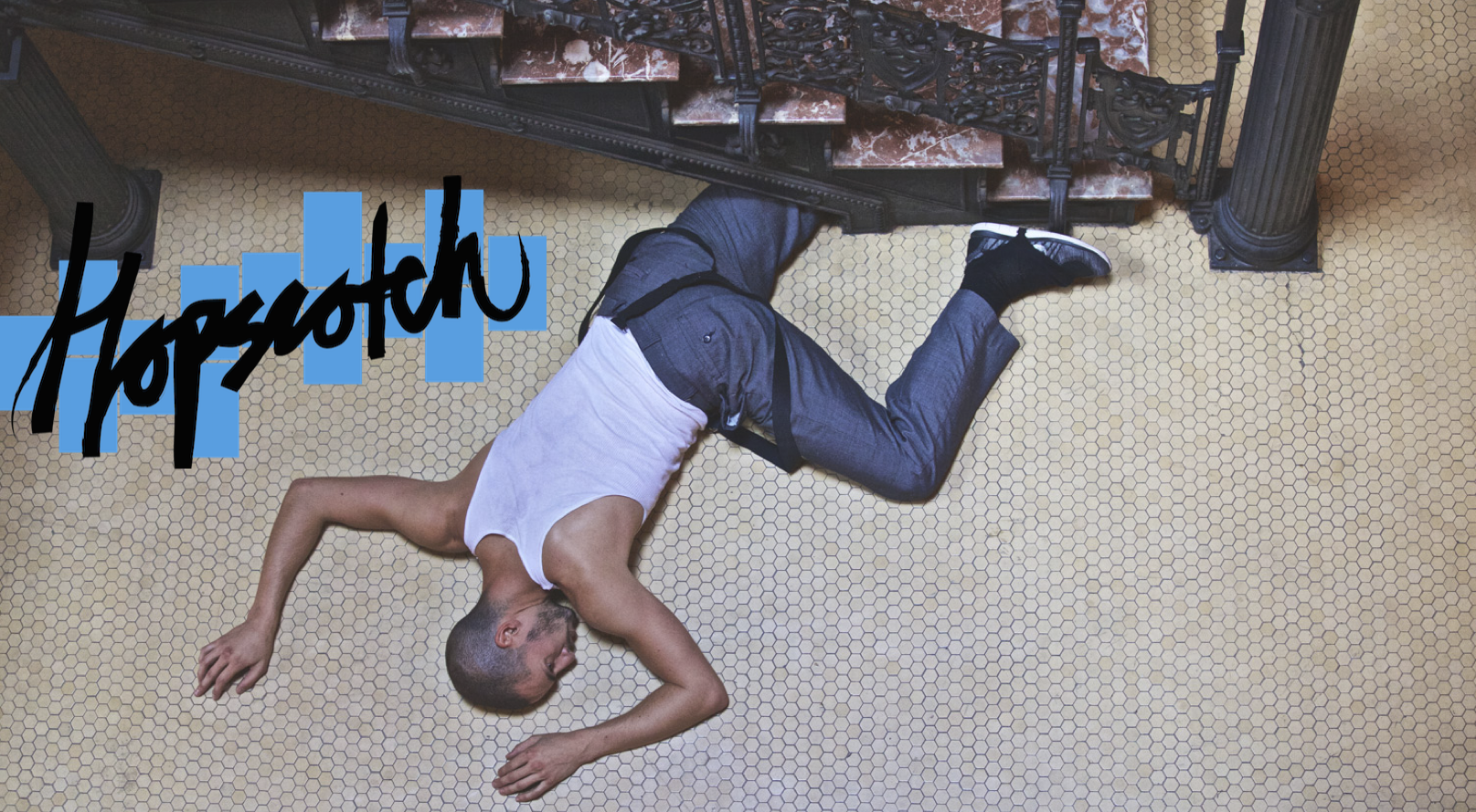

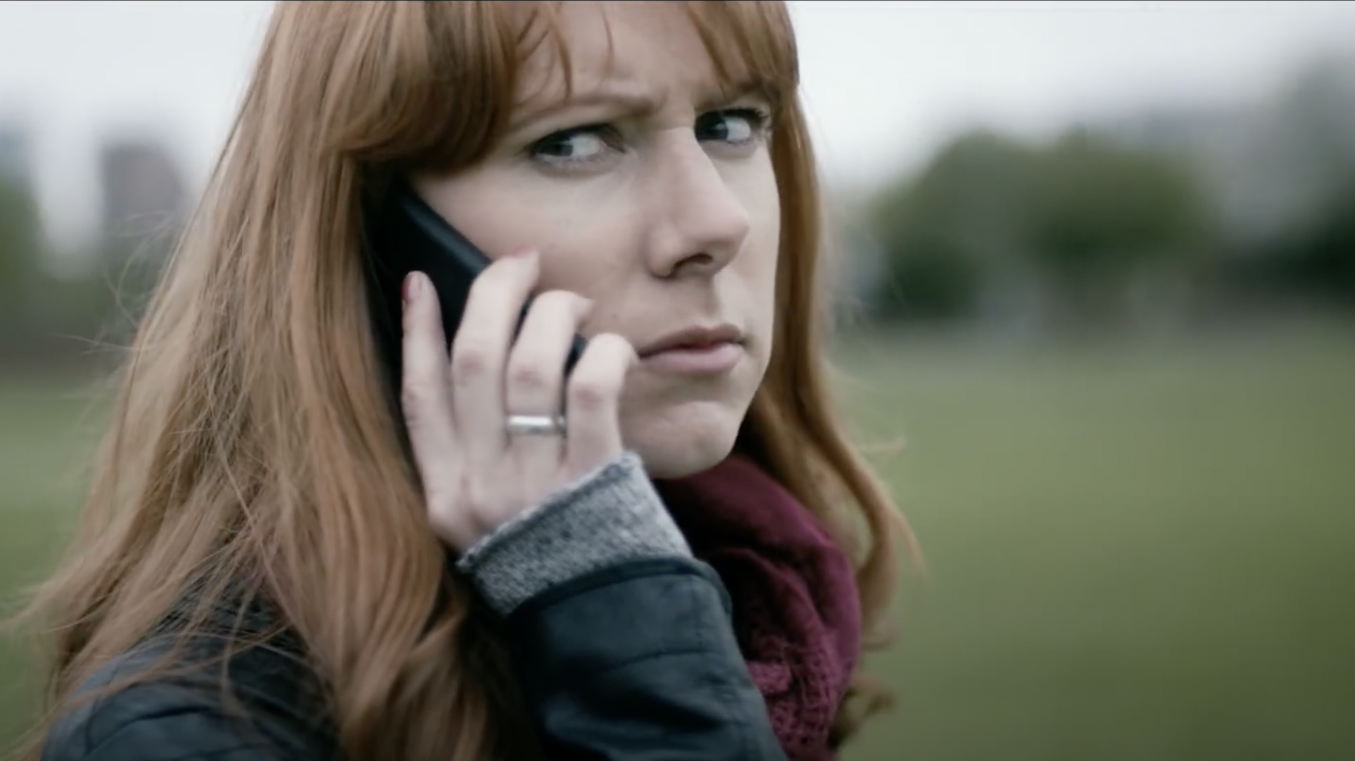
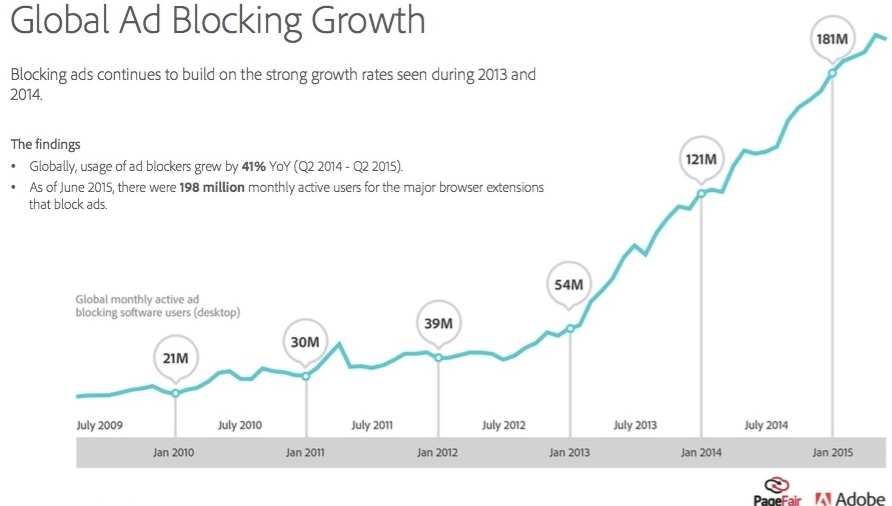
Comments
Heather Lawver
- July 21, 2011
Um, why is there no mention of the fact that you ripped this word-for-word from Wired.com? Or am I missing it somewhere?
Frank Rose
- July 22, 2011
Actually, I wrote the piece and posted it here on July 19. It was posted on Wired.com, with my permission, on July 20. No ripping occurred.